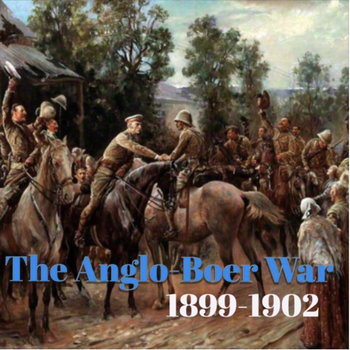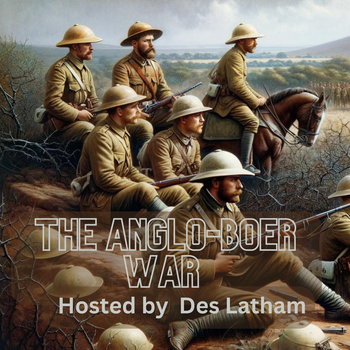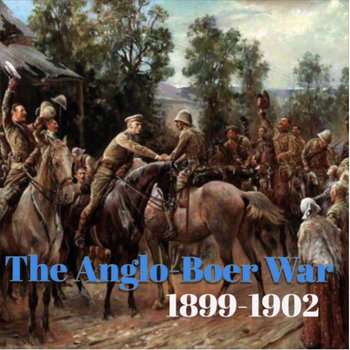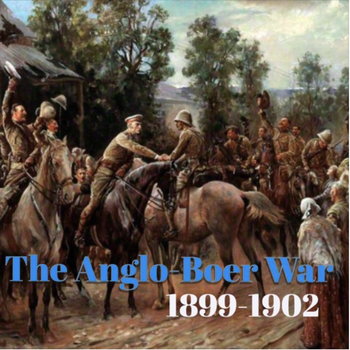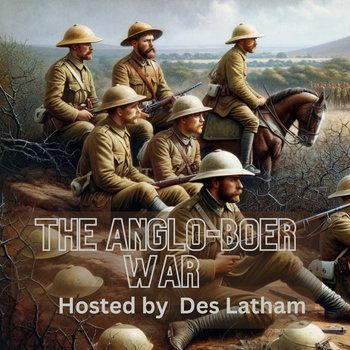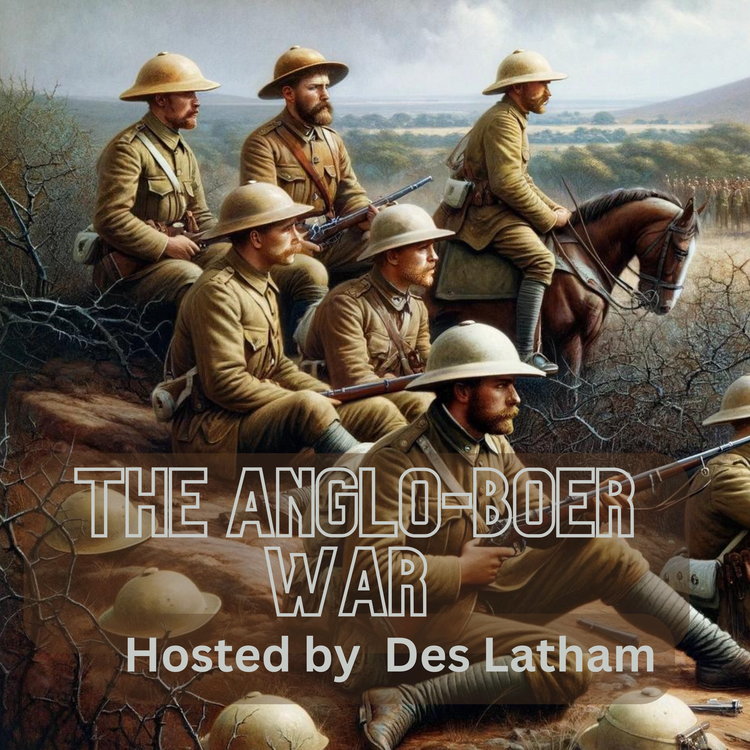
Episode 25 - Hlangwane, Monte Christo and a key to unlock Ladysmith
Loading player...
After spending some time in the West where Kimberley has been relieved and Free State Boer General Cronje had surrendered with 4000 Burghers after a fortnight of retreat, entrenching and then being bombarded at Paadeberg Drift our gaze shifts back to Natal in the north east.
Twenty six Kilometers outside Ladysmith, along the main railway line from the port of Durban to Johannesburg and then the prize, Pretoria, General Buller was fulminating. The garrison at Ladysmith was weakening daily as a result of bombardment, indequate food and disease.
Buller resolved once more to make an attempt to reach the beleaguered town. He spent hours viewing the heights across the Tugela River that had thwarted his every attempt at crossing and marching onto Ladysmith for 3 months.
However, things were looking up. Buller had a strange bond with his men. We have seen with the benefit of hindsight, what a disastrous leader he really was. But at the time, his men thought he’d been given an almost impossible task with a force too small, while Lord Roberts lorded it up in the west of the country with 40 000 men.
And Buller had also had an epiphany. He realised the key to Ladysmith was a new kind of mobile warfare, an offensive counterpart to the Boer defensive tactics. The old three-part act, artillery, men charging with bayonets, cavalry chopping up the fleeing enemy all in a day - was over.
Twenty six Kilometers outside Ladysmith, along the main railway line from the port of Durban to Johannesburg and then the prize, Pretoria, General Buller was fulminating. The garrison at Ladysmith was weakening daily as a result of bombardment, indequate food and disease.
Buller resolved once more to make an attempt to reach the beleaguered town. He spent hours viewing the heights across the Tugela River that had thwarted his every attempt at crossing and marching onto Ladysmith for 3 months.
However, things were looking up. Buller had a strange bond with his men. We have seen with the benefit of hindsight, what a disastrous leader he really was. But at the time, his men thought he’d been given an almost impossible task with a force too small, while Lord Roberts lorded it up in the west of the country with 40 000 men.
And Buller had also had an epiphany. He realised the key to Ladysmith was a new kind of mobile warfare, an offensive counterpart to the Boer defensive tactics. The old three-part act, artillery, men charging with bayonets, cavalry chopping up the fleeing enemy all in a day - was over.

